

Learn more about the key properties of these elements.
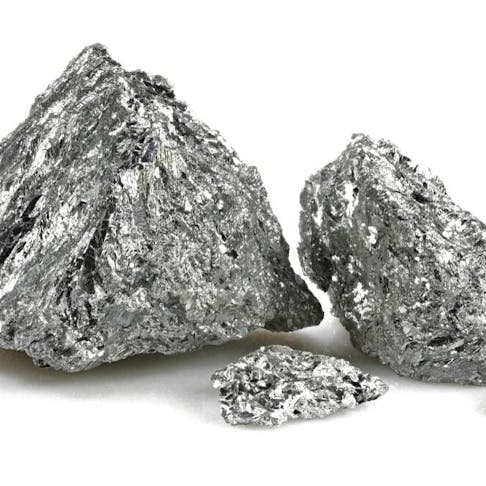
Metalloids are a class of elements that have properties of both metals and nonmetals. They fall between metals and nonmetals on the periodic table. The definition of metalloids, as well as the number of elements that fall into the metalloids group, is often argued by scientists. Boron, silicon, germanium, arsenic, tellurium, and antimony are all generally accepted as being metalloid elements, and as such, will be the focus of this article. However, while polonium, astatine, and bismuth are also sometimes classified as metalloids, they will not be discussed.
This article will describe the six most important properties of metalloids and list some key metalloids characteristics.
All metalloids are solid at room temperature and have relatively high melting points. The melting points of the metalloids are listed in Table 1 below:
Table 1. Melting Temperatures of Metalloids Melting Temperature (°C) Melting Temperature (°C) Melting Temperature (°C) Melting Temperature (°C) Melting Temperature (°C) Melting Temperature (°C)Metalloids have the physical appearance of metals. Their metallic/reflective surface makes it immediately obvious why the name "metalloid" fits these elements. Table 2 below illustrates the visible surface characteristics of metalloids:
Table 2. Physical Appearance of Metalloids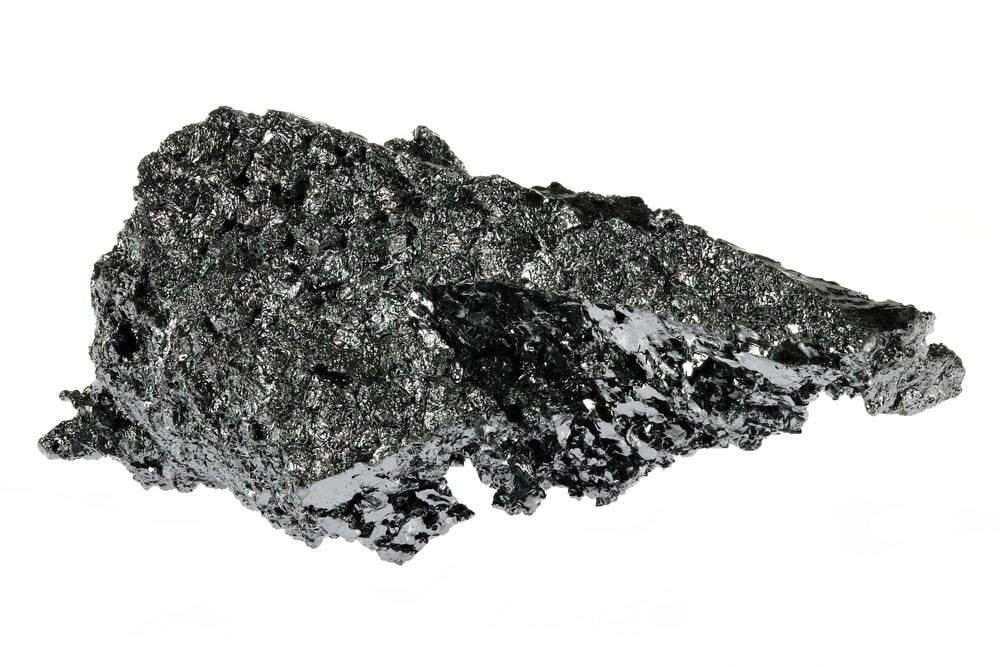
![]()

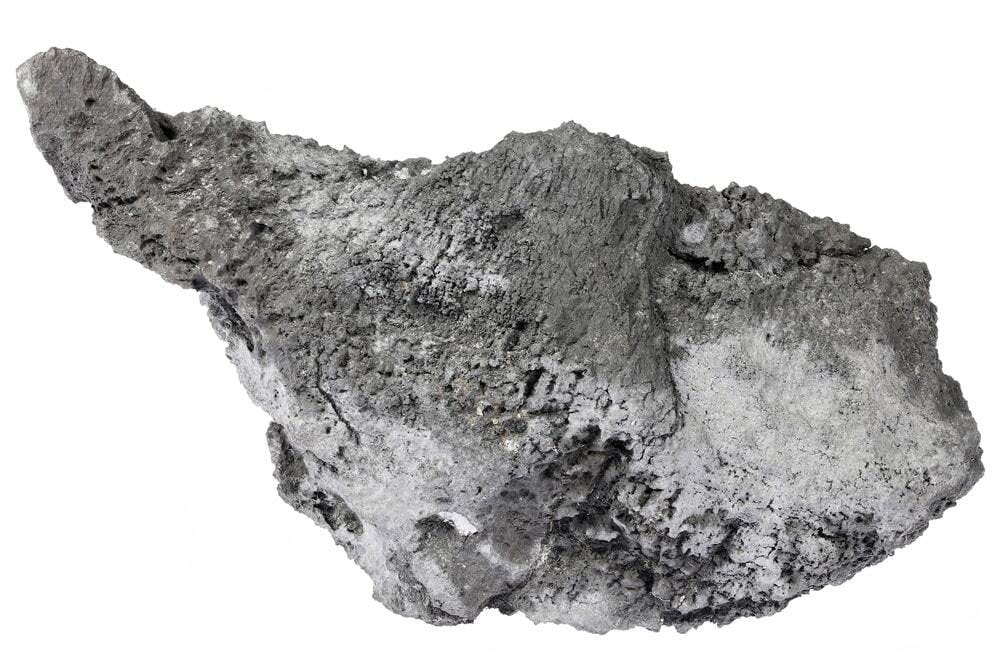
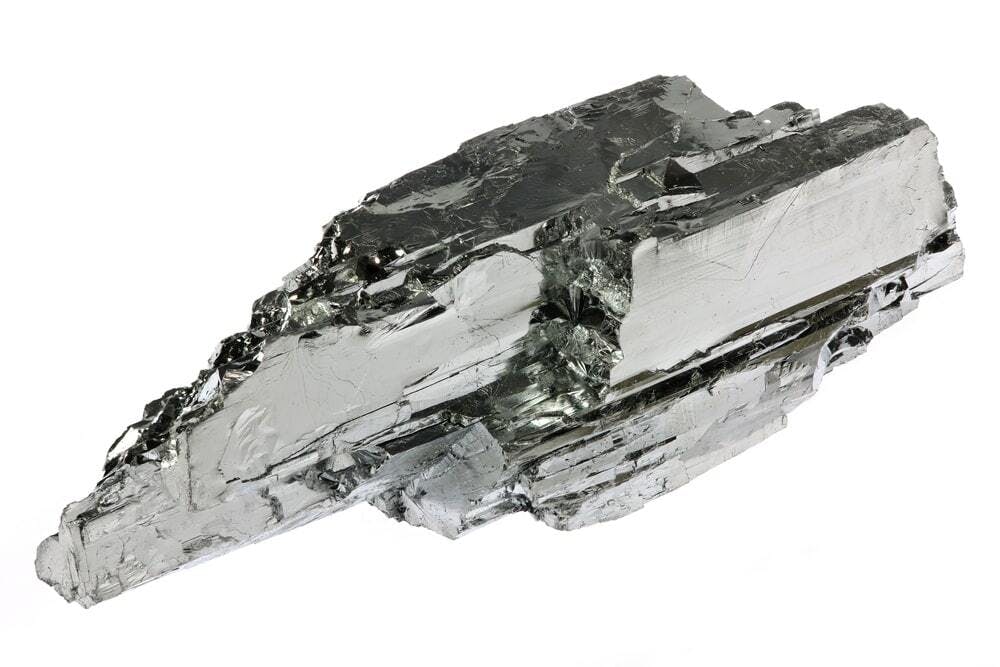
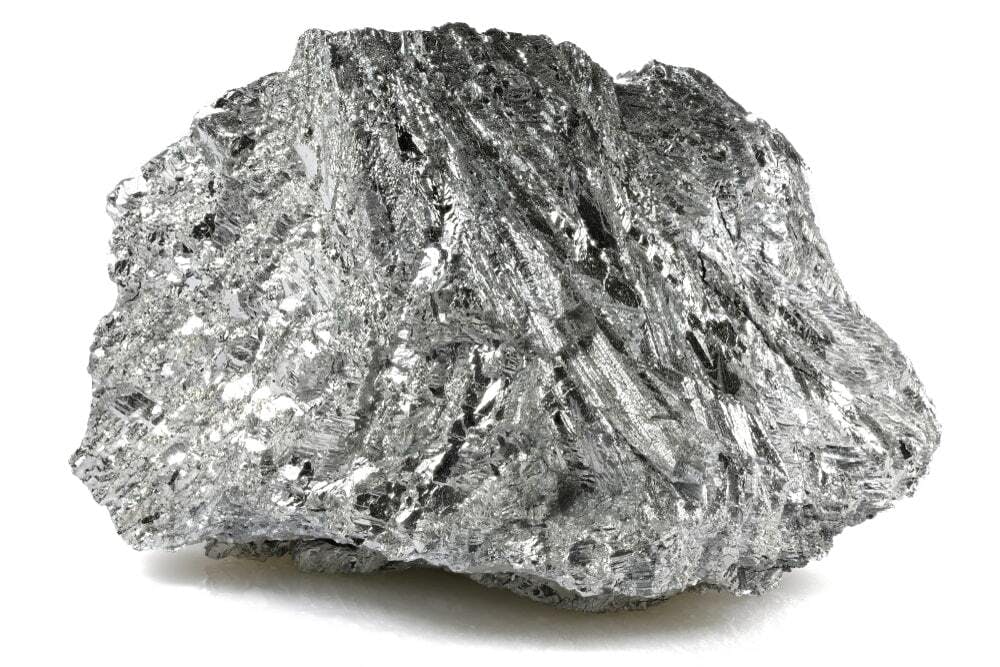
Metalloids cannot be formed using the cold-forming techniques normally used for metals because they are very brittle. Metalloids will tend to fail due to brittle fracture or crumbling.
Metalloids can be manipulated to behave as either conductors or insulators. This semiconducting behavior is what makes some, if not all, metalloids so useful in controlling complex electronic circuits. Metalloids are modified into semiconductors useful for a wide range of circumstances by a process called "doping." Doping is the process of adding impurities to alter the properties of intrinsic semiconductors, like metalloids. Despite their valuable semiconducting capabilities, metalloids are still poor conductors of electricity compared to metals.
The oxidation state of an element refers to the number of electrons an atom either gains or loses to bond chemically with another atom. In the case of metalloids, single covalent bonds are more common. A covalent bond refers to the situation where a pair of atoms share one electron. The oxidation states of the metalloid elements are listed in Table 3 below:
Table 3. Metalloids’ Oxidation States Oxidation StatesPositive
Oxidation States Oxidation States Oxidation States Oxidation States Oxidation States Oxidation States“Ionization energy” refers to the amount of energy that is required to strip an electron from a neutral atom to form an ion. The first ionization energy is the energy required to strip off the first electron - this is the easiest electron to strip. Electronegativity refers to how easily an atom will attract elements when forming a chemical bond. The higher the number, the stronger the attraction. Therefore, the higher the value for electronegativity, the more likely it is that the element will attract electrons. If two elements with similar electronegativities bond, they will form a pure covalent bond that equally shares the electrons. However, if elements have different electronegativities, the resulting molecule will be polarized. This is because the electrons in the bond will be attracted more to the stronger electronegativity element. The metalloids listed in Table 4 below have ionization energies and electronegativities as shown: